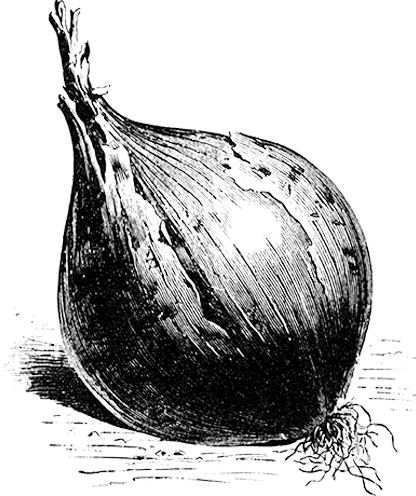Broad Bean
Vicia faba
The broad bean is, despite it's name, not a bean, but belongs to the vetch genus. It has ben cultivated by humans for thousand of years. The plant is hardy and the big seeds are filling and rich in protein.
Hangdown is a well-known 19th-century variety with large, drooping, dark green pods. Each...
More info →An old variety that originated in Spain. The pods are very long, up to 25 cm. and...
More info →Is one of the earliest broad beans. This plant, which is barely 1 m tall, bears an...
More info →Solberga is an old traditional Swedish broad bean with heritage from a small region with...
More info →Gloria is a tannin-free field bean with a particularly high content of protein. It...
More info →History
It is probably originated from the Caspian Sea and the Middle East, where it was grown already in the younger Stone Age. Broad beans have been found in Egyptian graves and in the ruins of Troy. The Romans and the Greeks used them in many different ways. The broad bean arrived in China via the Silk Road in the 100s CE. There it is used the most today.
Broad beans grow upright with sturdy stalks of ab. 1m and fragrant white-black or red flowers. There are short sorts of ab. 30-40cm as well as tall ones of 150cm. It is different than other beans since the pods are rarely used, only the large seeds - often unripe and tender but also dried for use in winter.
The grey-green seeds are high in protein and very filling. They're used in soups, purée, casseroles or sautéed with herbs in oil. They can also be frozen after parboiling and ripe ones can be dried for winter storage. Lots of people like to peel the beans after a quick boil, like almonds, to take away the bitter peel. Quite young pods where the seeds have only just begun to develop are delicious slightly poached or fried.

